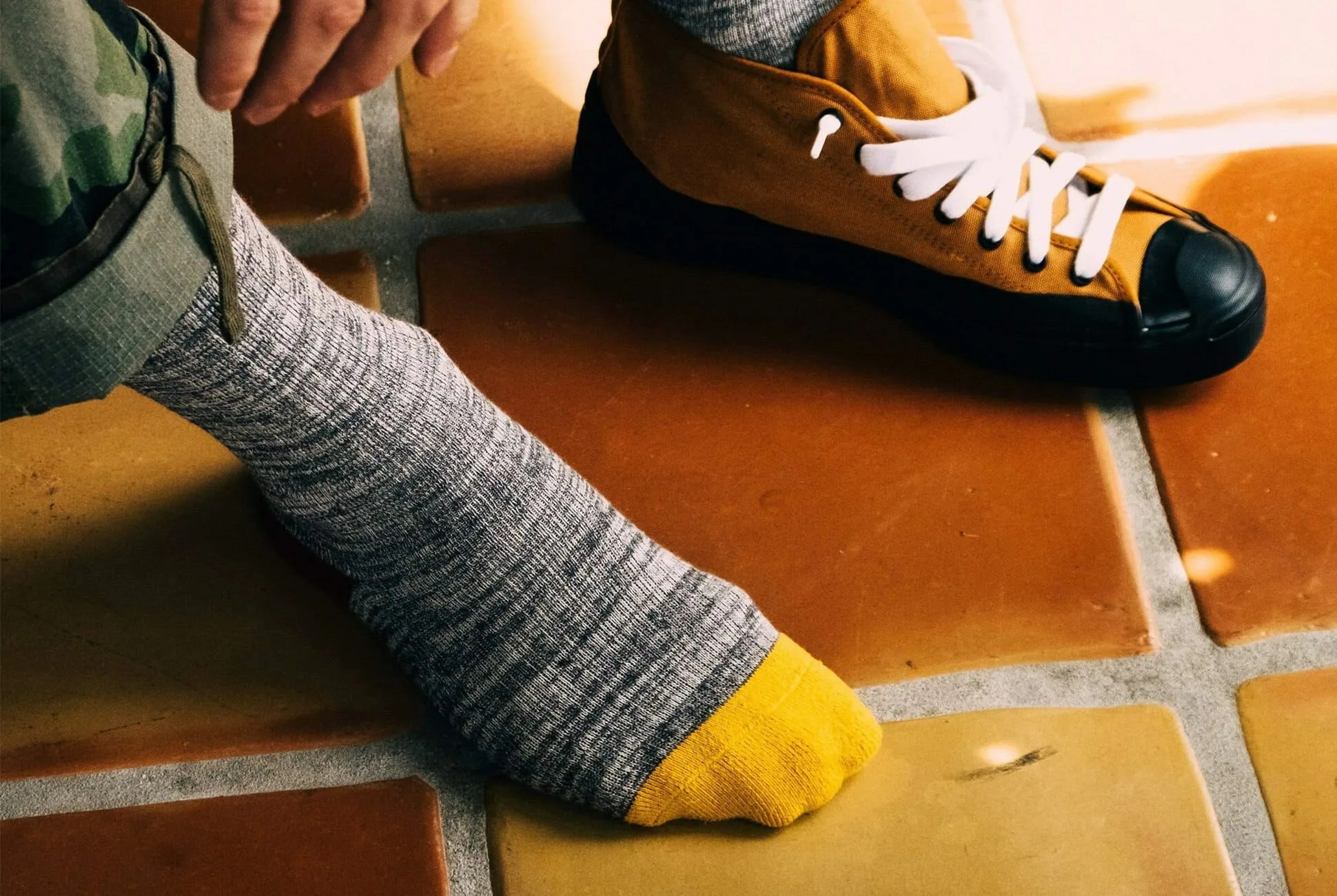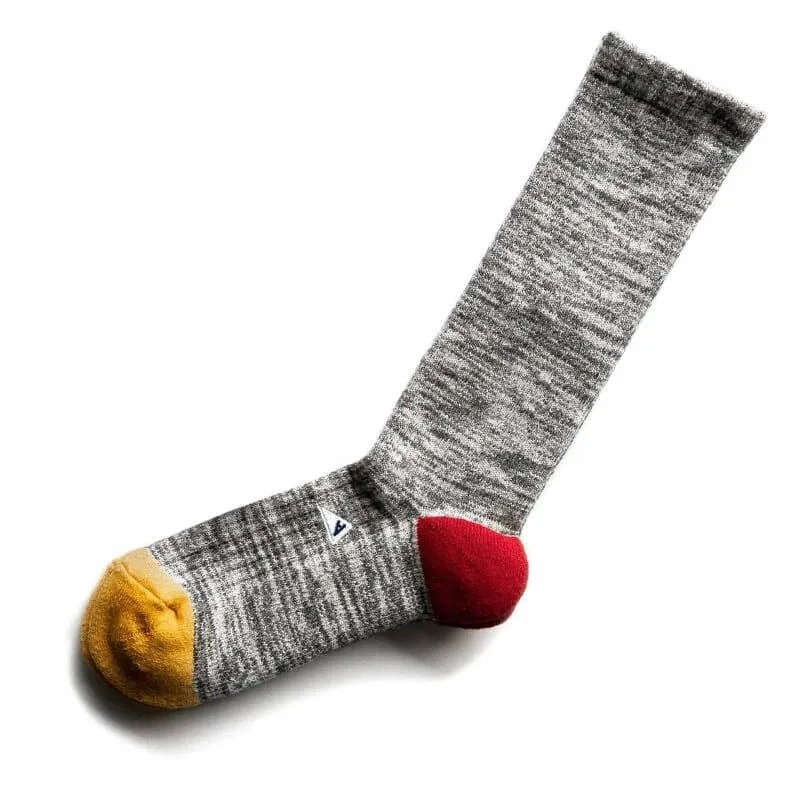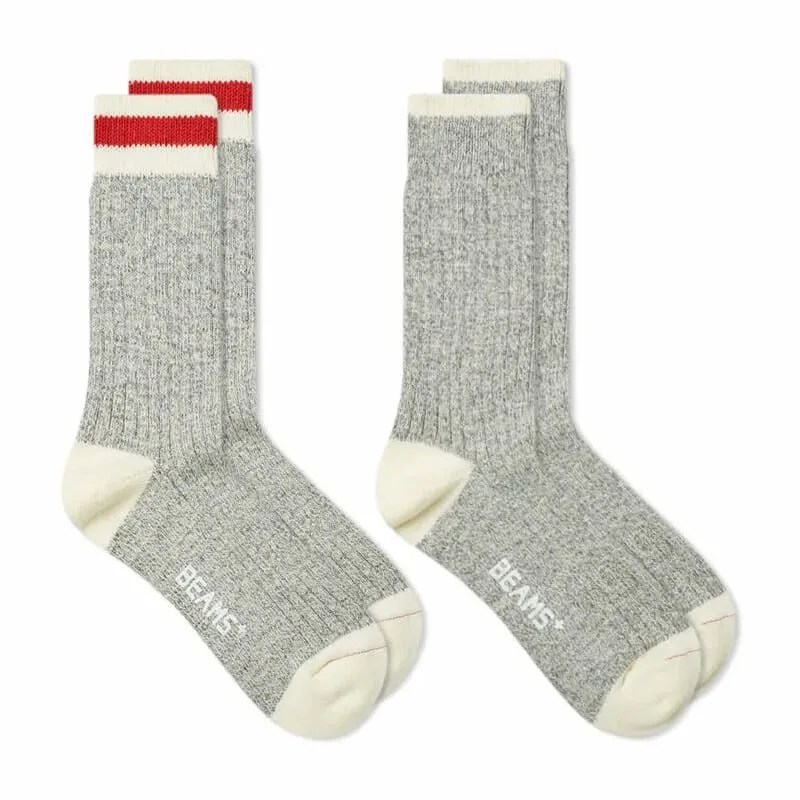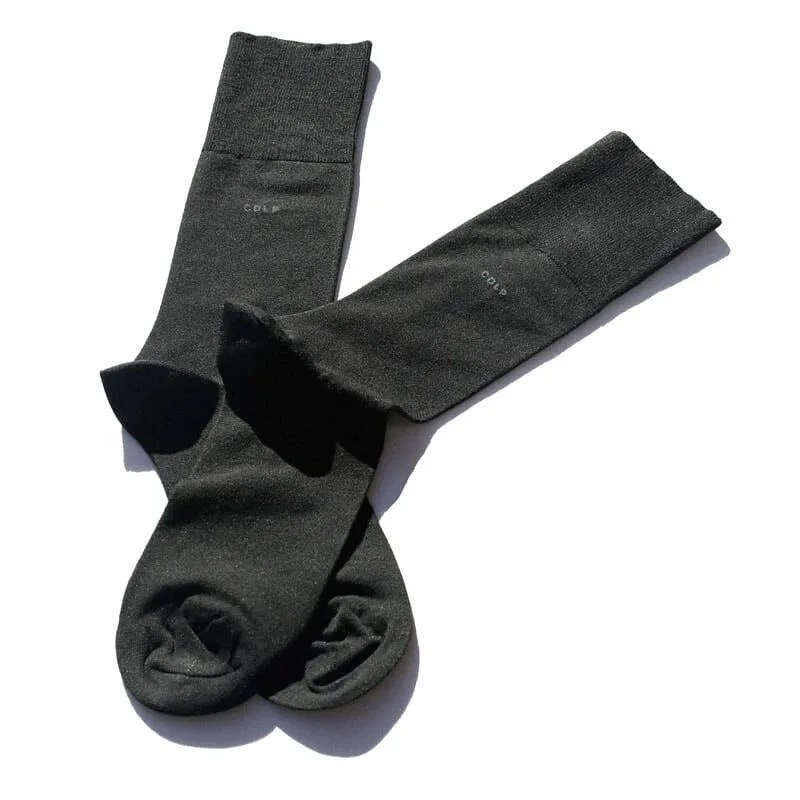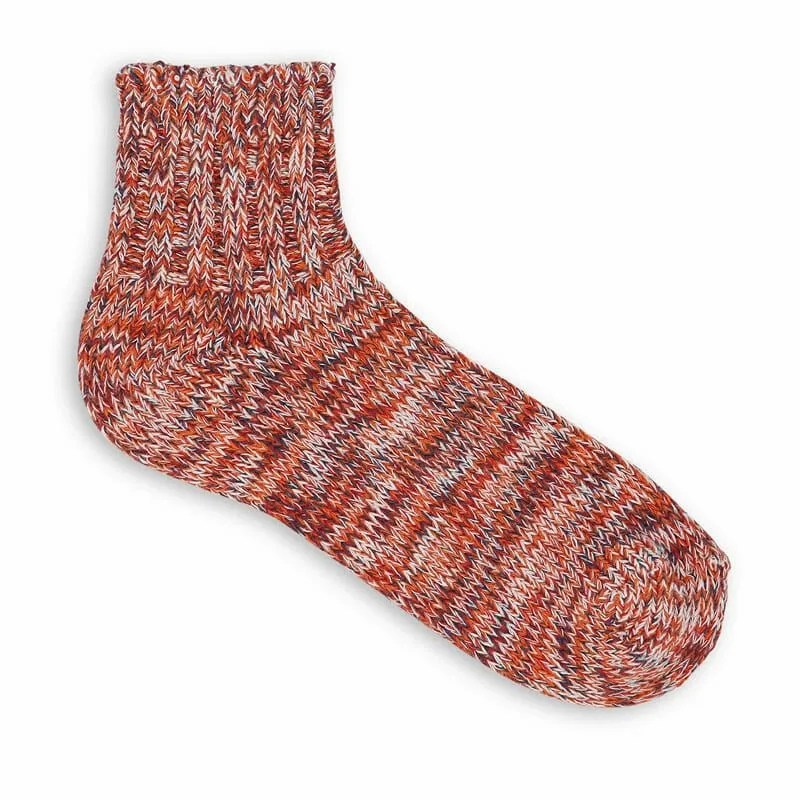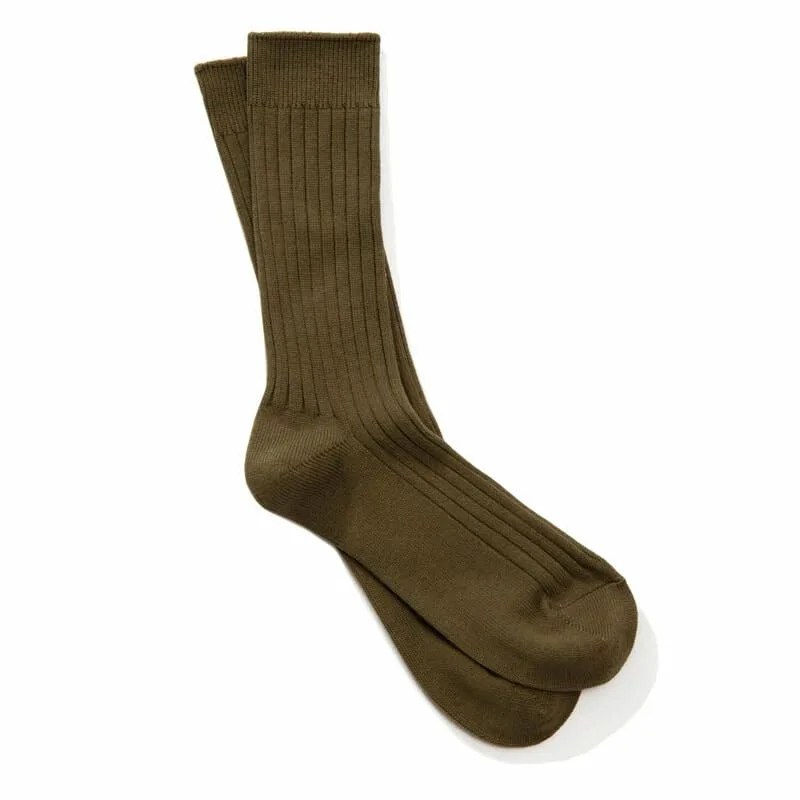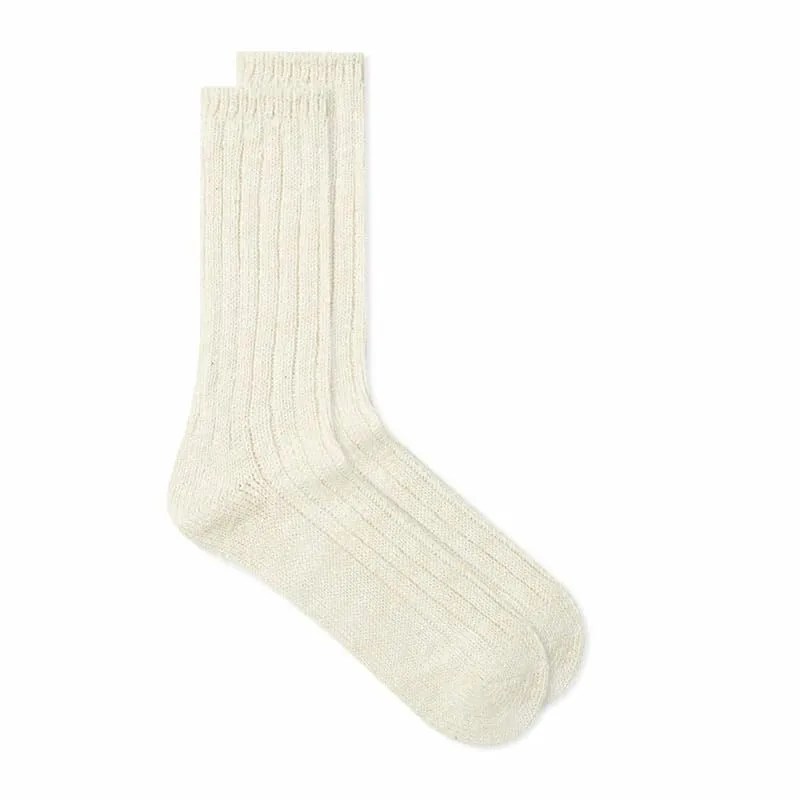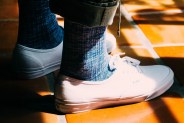Welcome to Counterpoint, a series in which we challenge commonly held ideas about well-known products. This time, cheap, multi-pack socks.
I used to be a multi-pack, big-box store kind of guy when it came to socks. If you do the math, a six-pack of socks for $10 comes out to exactly diddly-squat per pair. Bang for your buck. Better mileage. So when brands are charging double, triple or even more than that for just one pair, the numbers just don’t seem to add up.
You already know where I’m going with this. After a few wears, my socks seemed to get fuzzier. A few wears more and they’re pilling. After that, it wasn’t much longer before I could see the heel of my foot through one of the socks. I’m not making this up — I had a pair of socks turn into Swiss cheese after less than 10 wears. While I can’t blame the entire category of cheap socks over the shortcomings of one, it’s definitely not an isolated incident.
Let’s look at how brands are able to produce such cheap socks. First, they just produce a lot of them. Higher volume means factories can produce more of the same product without having to switch out materials and patterns to make different products for different brands, saving the factories time and money. Next, they use cheaper materials. In this case, that means lower-grade cotton blended with a higher percentage of synthetic materials. Lesser-quality cotton has shorter staples (essentially, a staple is a length of fiber). The shorter the staple, the weaker the fiber, the easier it is to fall apart in a weave or a knit. As for synthetics, most socks will need some kind of nylon or elastane for durability and stretch — these man-made materials are also cheaper to produce than natural fibers.
The other way brands keep sock prices low is with the construction. The faster they can produce socks, the cheaper it costs them in the long run, passing the “savings” on to you. Often, a byproduct of that speed is poorly-knit fabrics that are loosely woven. They’re also less dense because they use less material, another cost-cutting tactic. And then, there’s the dreaded toe seam. Toe seams are a crucial part of the sock and really make or break a pair from the first wear. Many value-pack socks forgo seamless or hand-linked toes, instead opting to sew them shut — the result is a bulky seam you’ll feel with every step.
In the end, you’ll end up throwing away pairs of these low-cost socks just to buy another family pack because it costs less, and is easier than repairing them.
As I write this, I’m wearing a pair of socks I’ve had since 2009. They’re thick, dense and have no uncomfortable seams pressing against my precious little piggies. And, they have no holes. At the time, they cost me around $25 and they’re still going strong. While the price point for a pair of quality socks will vary, a good pair of socks will likely cost you well over $10 a pair (I have a pair of very plain socks from Japanese brand Kapital that are more than five times that). For all the reasons cheap socks are bad, more well-made socks are better and then some.
